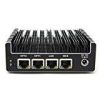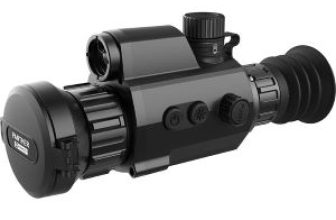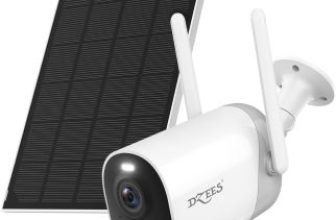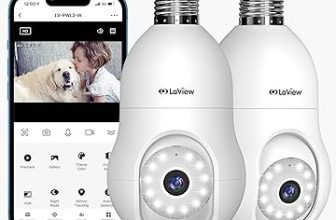Best Simple Ways To Prevent Your Smart Home From Being Hacked
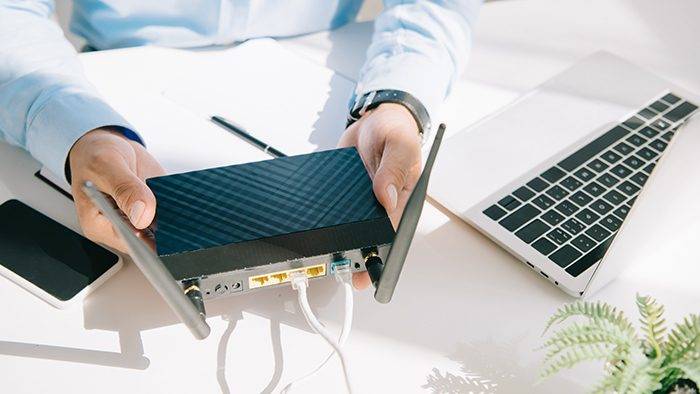
In order to protect your smart home, you need to understand how smart home devices work and how to secure them individually. In this article, you will learn about some simple ways to secure your connected devices and how to disable remote access. This will help you protect your smart home and prevent hackers from accessing your connected devices.
Multi-factor authentication
While most IoT devices come with built-in two-factor authentication, you should always use a third-party service such as Authy to add an extra layer of security. These services work by using a mobile application to verify the user. Additionally, you should ensure that your devices are updated to the latest firmware. This will help to iron out any vulnerabilities and patch backdoors.
Multi-factor authentication is one of the best ways to protect your smart home from being harmed. It makes it more difficult for hackers to break in by stealing your hardware token or stealing your password. It also prevents hackers from performing credential stuffing, a technique in which they hack an online profile using an email and password combination.
Despite the fact that smart homes are becoming more popular, it is important to be cautious and use appropriate protections. The majority of users of smart homes do not experience a security breach, but it’s important to use common sense. While smart homes can be convenient, they can also be dangerous. By taking the right precautions and using protective measures, you can enjoy the convenience they bring.
In addition to using strong passwords and two-factor authentication, you should make sure that your smart home devices use different passwords. This is important because hackers can access your other devices on the same network if they have the same password as your smart home devices. You should also protect your email addresses with strong passwords and security protocols.
One of the most common security threats in smart homes is reusing passwords. Hackers often post login credentials on the internet, so it’s important to create unique passwords that are difficult to guess. Make sure your passwords are long and contain multiple characters.
Strong passwords
Creating strong passwords for smart devices is essential for protecting your smart home from being hacked. This means making your passwords long and complex. Also, make sure that your passwords do not contain personal information. Hackers can use this information to remotely control your smart devices and steal your personal data. Password managers are great tools for managing and protecting your accounts.
When creating a password for your smart home devices, always use a combination of letters, numbers, and symbols to protect your account. You can also use a password manager to keep track of all your passwords. And if you’re not sure what password to use, try using a master password that works for every device.
Another way to secure your smart home is to set up email notifications. This way, if you see a device you don’t recognize, you can change the password immediately. Also, make sure that you use strong passwords for your mobile devices. Keep in mind that smart home devices may share location data and Bluetooth connectivity, which could be used by cybercriminals.
Besides using strong passwords, you should use two-factor authentication. This method requires users to provide an additional credential, such as a code, that is sent to them via SMS or email. The secondary credential is not accessible by hackers, which makes it even more secure.
Another way to protect your smart home from being hipped is to install strong encryption. You should also install security updates on your smart devices to avoid vulnerabilities. Always remember to update your smart devices on a regular basis.
Firmware upgrades
Firmware updates are important to protect your smart devices from being hacked. New versions of the software often add security features and fix bugs. Also, many smart devices are controlled through apps or web interfaces, which means that hackers cannot access the hardware. By regularly updating your smart devices, you can prevent hackers from accessing your network or private information. You may need to change the default password on your smart devices if you don’t want to risk compromising your network.
One of the simplest ways to secure your smart home is to update your router and any connected devices. Older routers often lack the latest security patches and make your home vulnerable to hackers. Also, make sure to update your computer software and router firmware regularly. Moreover, you should set up a firewall for your network. Lastly, use strong passwords that contain a combination of letters, numbers, and symbols. Some password managers even auto-generate good passwords for you.
Keeping your smart home secure is vital. Starting with the devices you purchase, make sure to choose reputable brands. These brands have the resources to back up their reputations and will safeguard your smart home. Additionally, sticking to trusted brands will save you from headaches later on. As with any smart home purchase, read reviews from reputable sources to ensure that the product you are purchasing is secure and up-to-date.
Another way to protect your smart home from being hampered is by installing cybersecurity hubs. These devices are not always tested, so you should make sure to choose a reliable one. Some popular hubs include Bitdefender Box. However, you should be aware that some smart home devices can collect and share information, such as location data and Bluetooth connectivity. This may be against the rules of security.
Disabling remote access
One of the first steps you can take to protect your smart home is disabling remote access. This feature allows unauthorized individuals to access the settings of connected devices without physically being connected to the network. While this option can seem like an unnecessary precaution, it is necessary to protect your smart home against being hacked. You should also change the default password and username settings. If you don’t know how to change these settings, you should check online forums to learn how to do it.
Disabling remote access to protect your smart house from being hacked is especially important if you use connected devices. Many of the smart devices today come with Bluetooth connectivity and even voice controls. While these features are often unused, they are still vulnerable to being hacked.
Changing the factory settings of connected devices is another good way to protect your smart home from being hampered. Smart home features are relatively rare targets, but they are becoming increasingly common as the market for connected devices expands. While these devices can provide convenience and increased security, you should still exercise caution and make effective use of the protections available to you.
Another way to secure your smart home from being hacked is by turning off Wi-Fi. Wi-Fi is a common source of hackers’ information, but it’s also a huge source of vulnerability. By turning it off, you can reduce the risk of cyber criminals infecting your devices and saving money on electricity. Also, you should turn off the Wi-Fi on your devices so that they don’t automatically connect to your home’s Wi-Fi network.
Next, you should check the IP address of devices associated with the network. If there are any suspicious devices, you should disconnect them immediately and change the Wi-Fi password. You should reboot all devices in your network once you’ve changed the Wi-Fi password. This step is critical because the change will boot all unauthorized devices.
Next-generation firewalls (check it out)
If you’re concerned that your smart home might be vulnerable to hacking, consider using a Next-Gen Firewall to protect your system. These systems combine traditional firewall functionality with advanced network device filtering, intrusion prevention devices, and application visibility and control. They can also integrate threat intelligence, sandboxing, and encryption.
Next-Generation Firewalls are expensive, but they provide a significant security boost for your smart home. By preventing hackers from accessing your smart home, you can protect your privacy and protect your data. Luckily, you don’t have to rely on next-generation firewalls to protect your home from being hacked – there are many ways to protect your home from being hacked.
The ProtectSmartHome WiFi Security Device is one of the easiest ways to protect your smart home. It protects connected devices by blocking dangerous websites and files and continuously monitors your home’s internet network. It can help you stay up-to-date on the latest threats, so you can take action quickly. This plug-and-play solution is easy to install and easy to use.
Next-Generation Firewalls are also a great way to manage your network security. Most of them come with a management dashboard and log analysis features, as well as the ability to export firewall rules. These firewalls combine the work of many security software solutions into a single, scalable device. In addition to performing stateful inspection, NGFWs also feature dynamic packet filtering, which is extremely useful as critical resources move closer to the network edge.
Next-Generation Firewalls have become a necessary part of today’s world, as hackers are constantly looking for ways to compromise networks and devices. By combining traditional network firewall technology with Web application firewalls, they can detect and block threats. They can also distinguish between safe and dangerous applications, and identify which ones can be trusted. They can even recognize the identity of users and groups and apply firewall rules based on that information.

